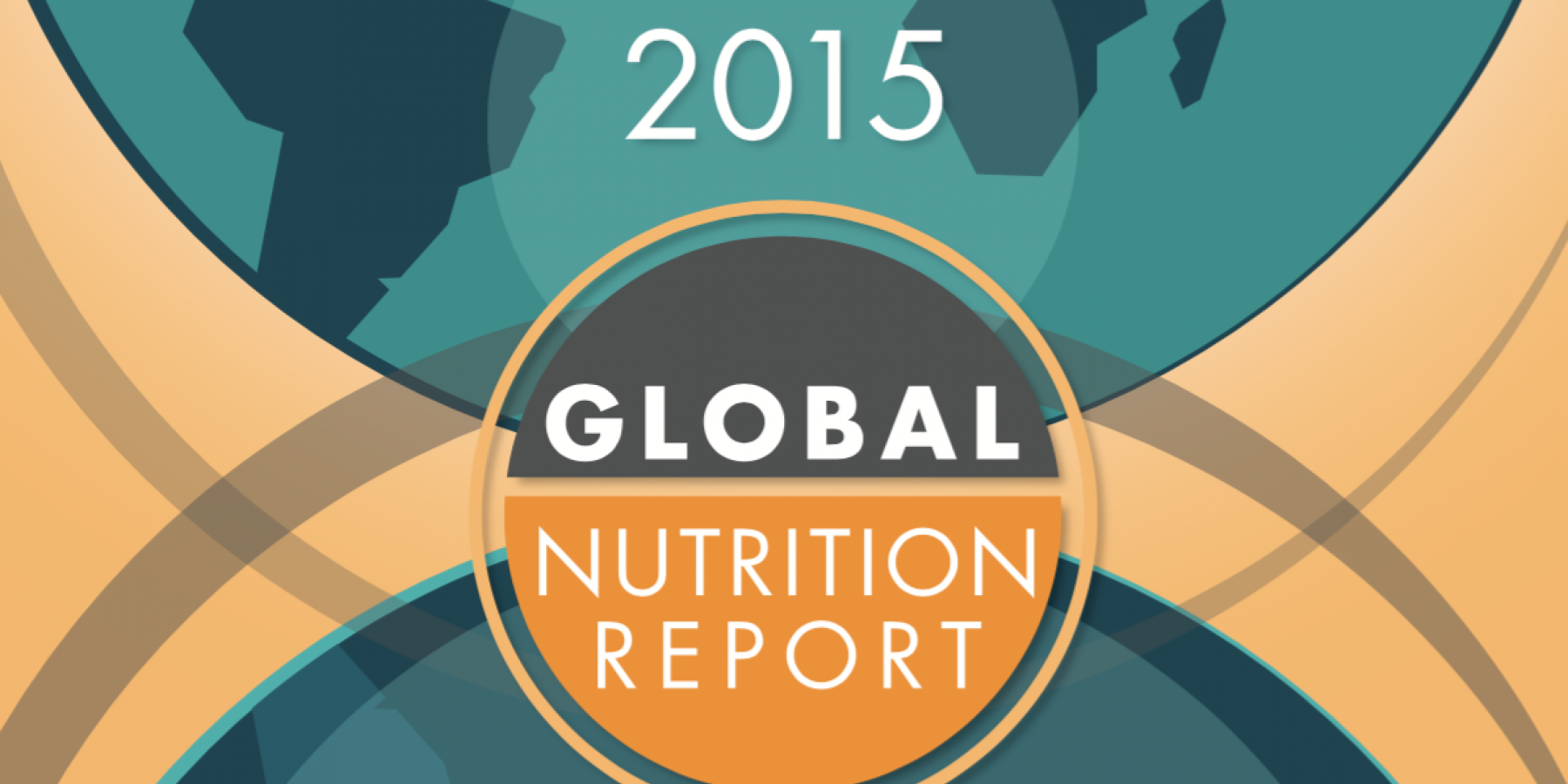#NutritionReport: The coexistence of extreme deprivation and obesity is the real malnutrition
15th September 2015

15th September 2015
Nutrition can be a driver of change or a barrier to progress, and, according to the Global Nutrition Report being released on September 15 in London, there are actions leaders of every country should be taking to end malnutrition in all its forms.
Among the report’s key findings: One in three members of the global population is malnourished, and the problem exists in every country on the planet—yet the strategies (or “high-impact interventions”) available to resolve it are not being implemented due to lack of money, skills, or political pressure.
“When one in three of us is held back, we as families, communities, and nations cannot move forward,” said Lawrence Haddad, lead author of the study and senior research fellow at the International Food Policy Research Institute (IFPRI). “This not only jeopardizes the lives of those who are malnourished, but also affects the larger framework for economic growth and sustainable development. Simply put: people cannot get anywhere near their full potential without first overcoming malnutrition.”
Childhood stunting and wasting remain serious problems: More than 160 million children worldwide under five years old are too short for their age (stunted), while more than 50 million don’t weigh enough for their height (wasted). Although countries are increasingly meeting goals for combating stunting and wasting, adult obesity—another form of malnutrition—is growing. The prevalence of obesity rose in every single country between 2010 and 2014, and one in 12 adults worldwide now has Type 2 diabetes.
Climate change is complicating global efforts to end malnutrition. Even small and seasonal fluctuations in climate can have big impacts on food availability and disease patterns, and these in turn dramatically affect children’s survival and development. This means, for example, that babies born in India in November and December are taller on average at 3 years of age than those born in April through September. In a world where many are not eating enough and others are eating too much, food systems also need attention.
Many countries are not on target to meet World Health Assembly targets on nutrition. Most countries are off course in expanding exclusive breastfeeding, and six countries on three continents are regressing badly. Adult diabetes is increasing in 185 countries and is decreasing or stable in just five.
Countries that are committed to reducing malnutrition have the capability to do so, according to the report. Investing in improved nutrition can have economic returns that outpace the U.S. stock market in recent decades. Investing $1 can yield up to $16 in economic benefits.
The timing of the report is particularly important as United Nations member states convene to adopt the Sustainable Development Goals later this month. Malnutrition is tied to many of the proposed goals—and when 45% of all deaths of children under 5 are related to malnutrition, it’s critical that leaders keep nutrition policy at the forefront of their decision-making. The report’s website contains profiles of 193 countries’ progress on improving nutrition.